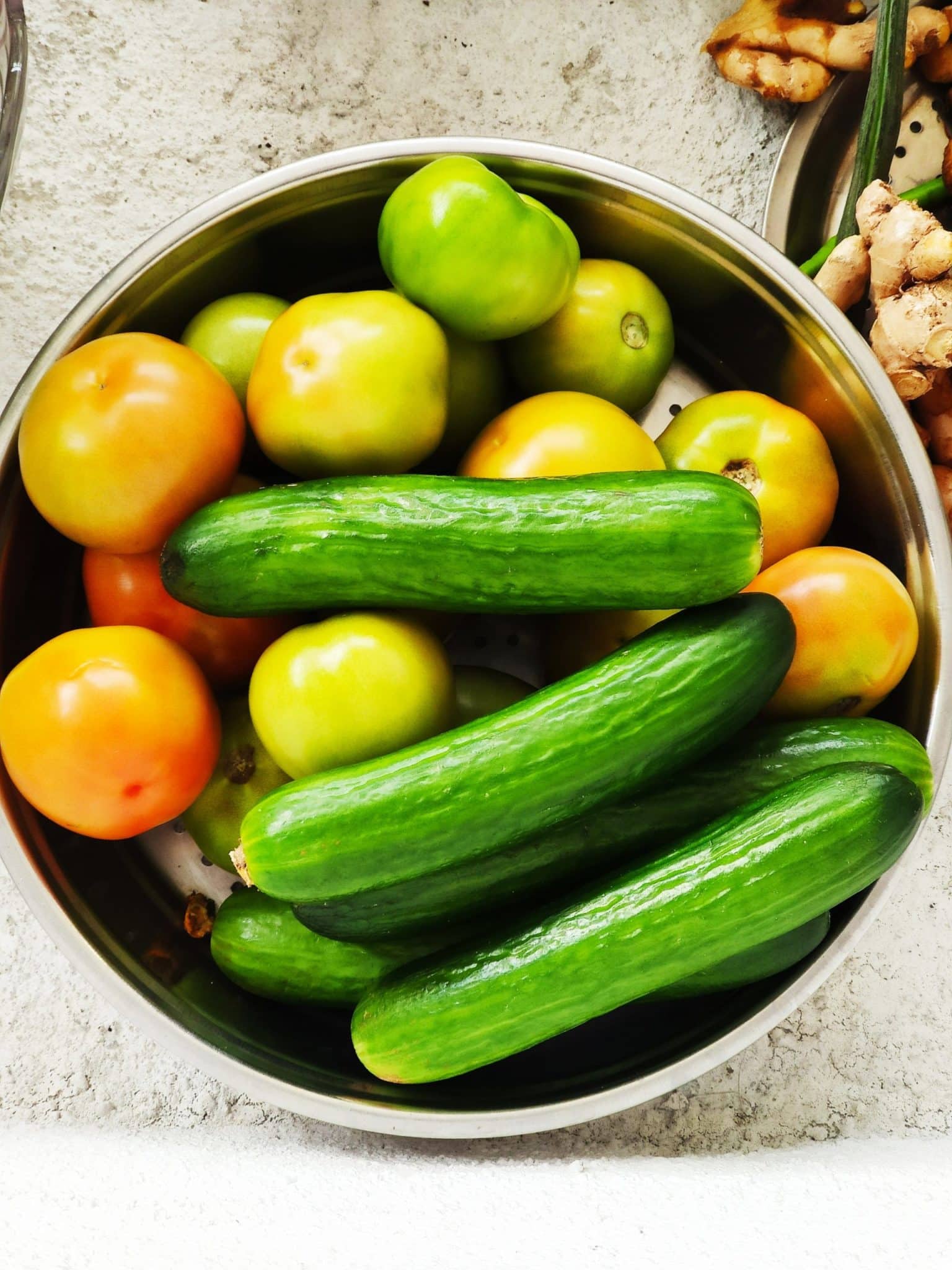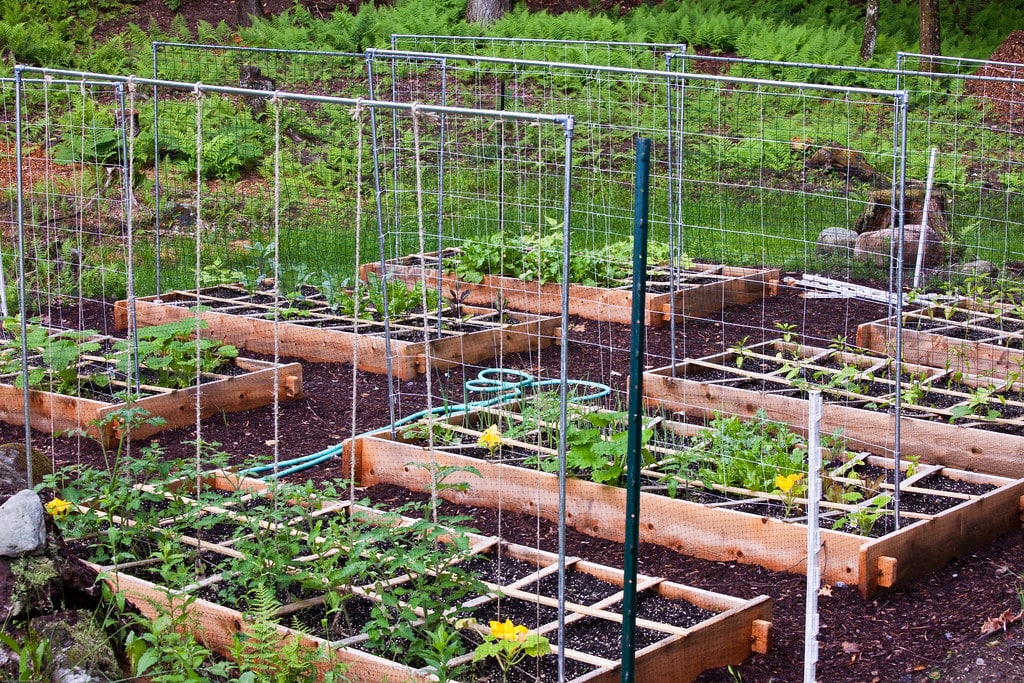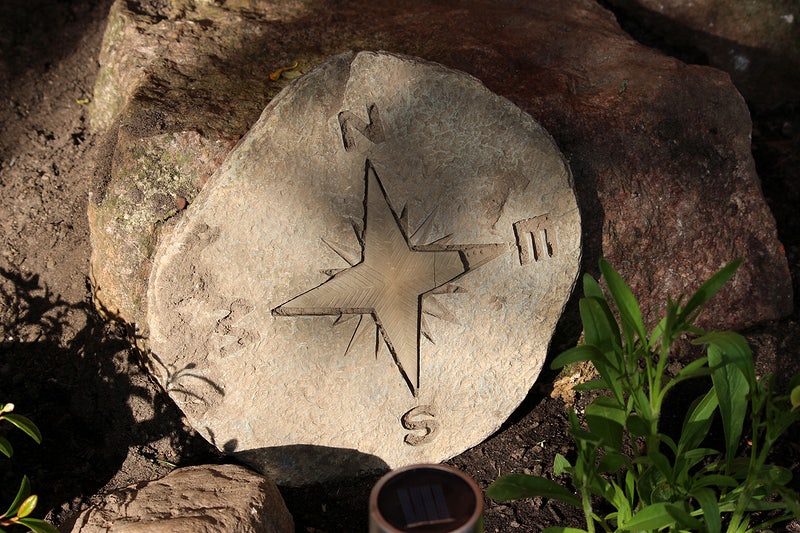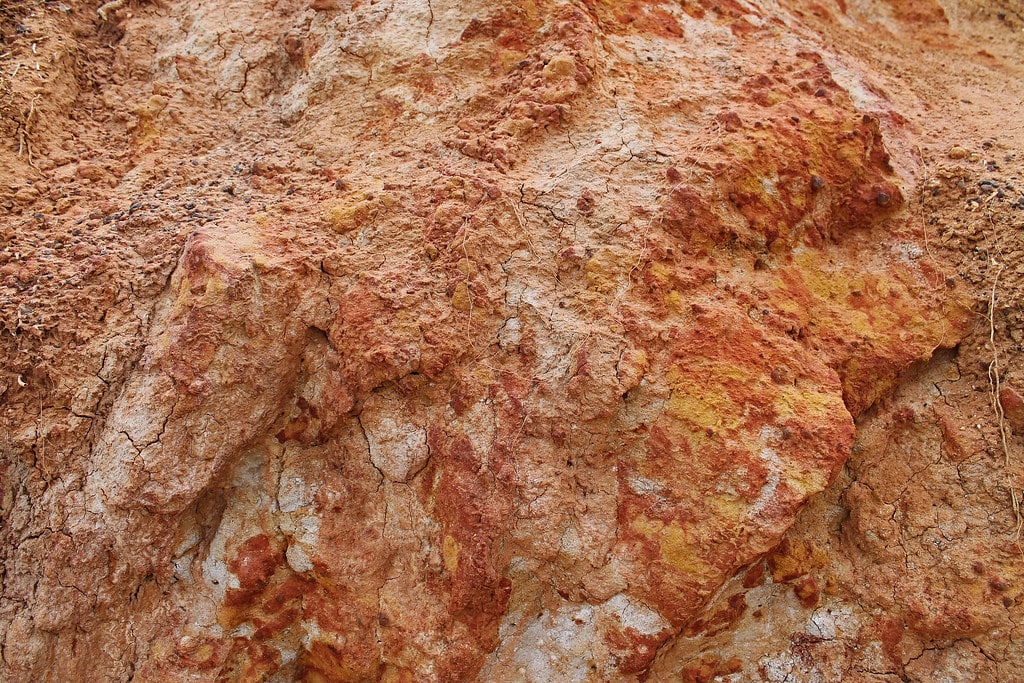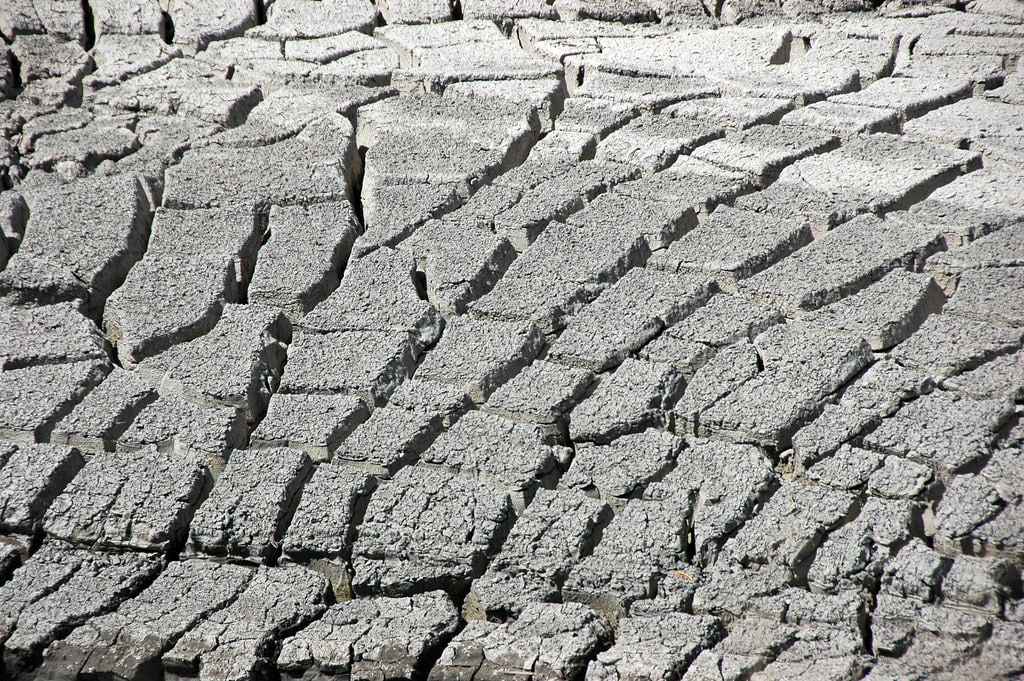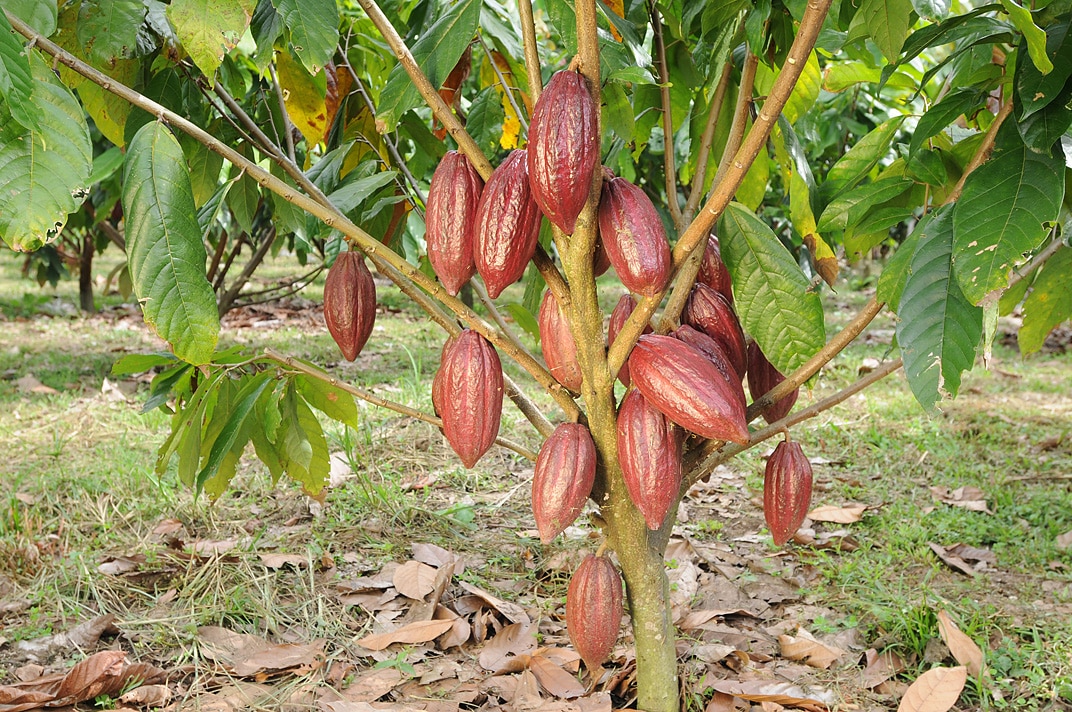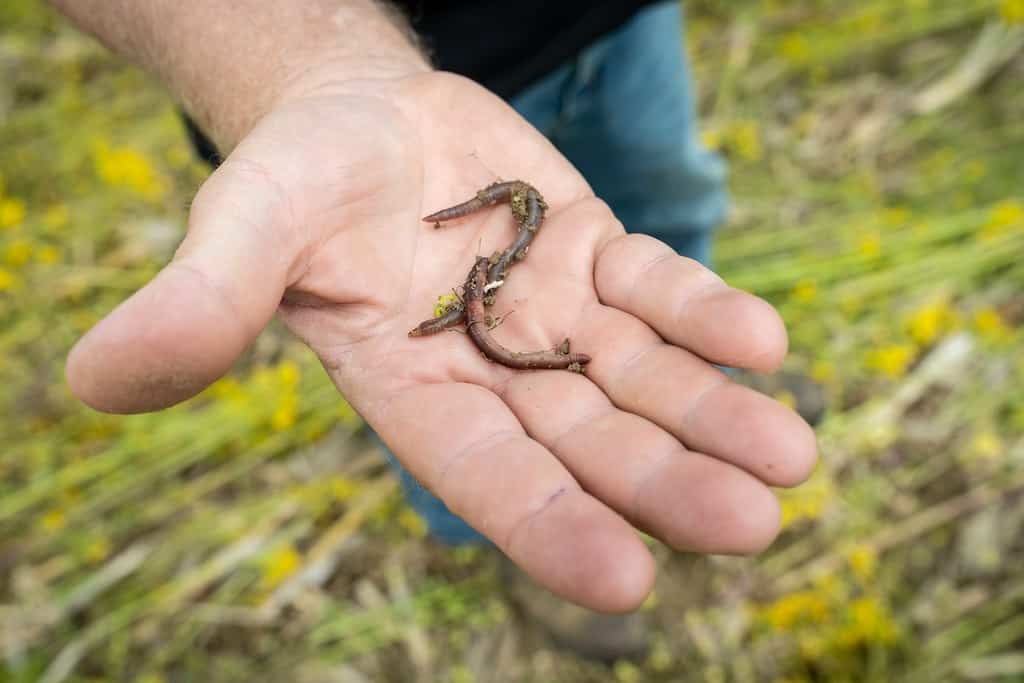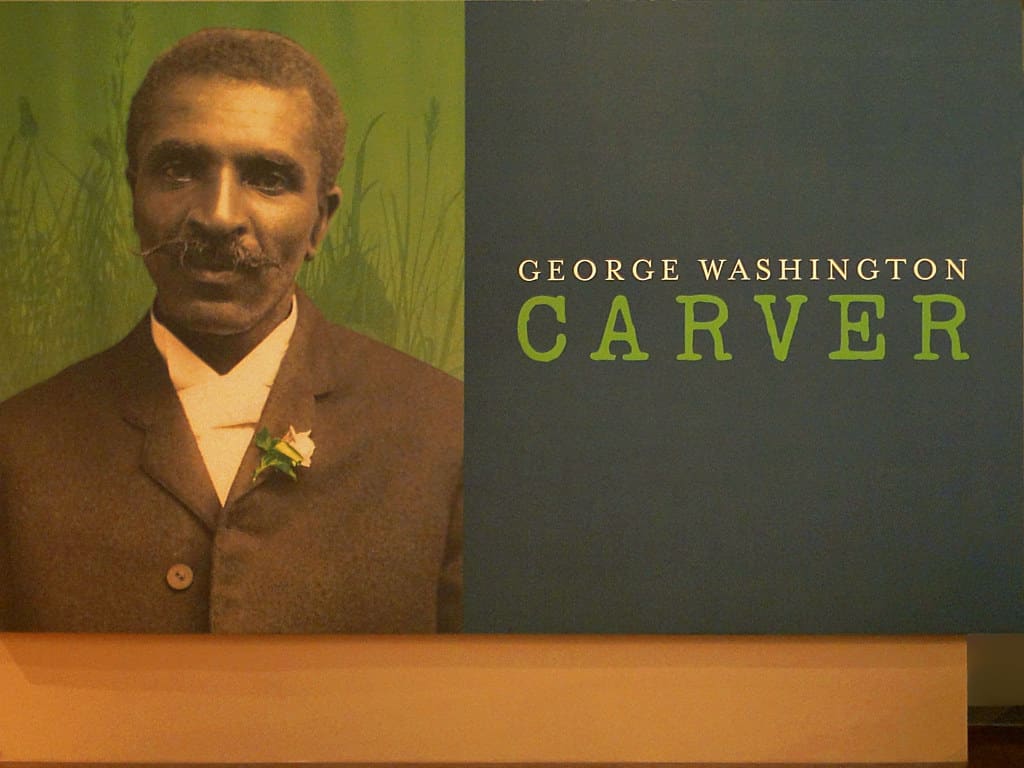Social & Emotional Learning
CPF programs encourage connection to place, which engenders empathy and builds social and emotional intelligence. Social and Emotional Learning (SEL) is the process through which children and adults acquire and effectively apply the knowledge, attitudes, and skills necessary to: 1) Understand and manage emotions; 2) Set and achieve positive goals; 3) Feel and show empathy for others; … Read more



